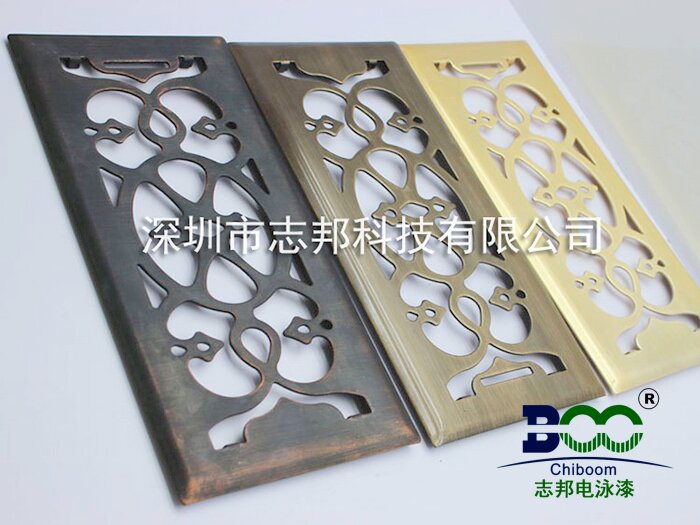Application of electrophoretic paint
Electrophoretic paint, as an advanced surface coating material, plays a crucial role in modern industrial production. Its unique coating process and excellent performance have made it widely used in various fields such as automobiles, furniture, electronics, and more. The following article will delve into the applications of electrophoretic paint and its specific uses in various industries.
I. Overview of Electrophoretic Paint
Electrophoretic paint is a special type of paint prepared through the electrophoretic coating process, consisting primarily of resins, pigments, solvents, and additives. It utilizes the electric field to make the resin, pigment, and other particles in the paint charged, causing them to move directionally and deposit on the surface of the object being coated, forming a coating film. Electrophoretic paint boasts excellent weather resistance, corrosion resistance, and decorative properties, making it a widely used surface coating material.

II. Main Applications of Electrophoretic Paint
1. Automotive Industry
In automotive production, electrophoretic paint is widely used for corrosion protection and wear resistance coating on the body surface. Through the electrophoretic coating process, the paint can uniformly cover the car body's surface, forming a dense protective film. This protective film not only effectively prevents the body from external environmental erosion, such as rainwater and salt spray, but also enhances the body's wear resistance, extending the car's service life. Simultaneously, electrophoretic paint provides a superior appearance, making cars look smoother and more aesthetically pleasing.
2. Furniture Manufacturing
In furniture production, electrophoretic paint is commonly used for surface coating of wooden and metal furniture. It provides long-lasting corrosion protection, increasing the furniture's lifespan. Its excellent adhesion and chemical resistance enable furniture to withstand various stains and chemical substances during daily use. Additionally, electrophoretic paint's diverse colors, high gloss, and resistance to fading can give furniture different visual effects, satisfying consumers' varying aesthetic needs.
3. Electronics
In the electronics manufacturing sector, electrophoretic paint is often applied to the surface coating of products like mobile phones, computers, cameras, and more. These products are prone to scratches and wear during use, but electrophoretic paint effectively prevents such damage. It maintains the product's surface smoothness and aesthetics, enhancing the overall quality. Furthermore, electrophoretic paint's electrical conductivity makes it an essential process for electronics surface treatment.
III. Applications in Other Fields
Apart from the three main fields mentioned above, electrophoretic paint has extensive applications in aerospace, architectural decoration, construction machinery, and more. In the aerospace industry, its high weather resistance and corrosion resistance make it the preferred material for surface coating of aircraft, rockets, and other flying vehicles. In architectural decoration, it's used for surface protection and decoration of steel structures, doors, windows, and other metal products, enhancing buildings' overall aesthetics and lifespan.
IV. Advantages of Electrophoretic Paint
The widespread adoption of electrophoretic paint in various industries stems from its numerous advantages:
High Coating Efficiency: Electrophoretic coating can be fully mechanized and automated, reducing labor intensity and significantly increasing productivity.
High Coating Quality: The high conductivity of the electrophoretic bath enables paint ions to move rapidly under the electric field, forming a uniform and fine coating film. This results in higher coating quality than traditional methods.
Environmental Friendliness: Electrophoretic paint contains low solvent levels, benefiting environmental protection and production safety. Additionally, its high paint utilization rate, reaching over 95% or even 100%, minimizes waste and environmental pollution.
V. Conclusion
In conclusion, electrophoretic paint, as an advanced surface coating material, plays a vital role in modern industrial production. Its extensive application fields and exceptional performance characteristics make it an indispensable material across various industries. With continuous technological advancements and innovations, electrophoretic paint's application scope is expected to further expand, bringing more surprises and changes to various sectors.





 WeChat
WeChat